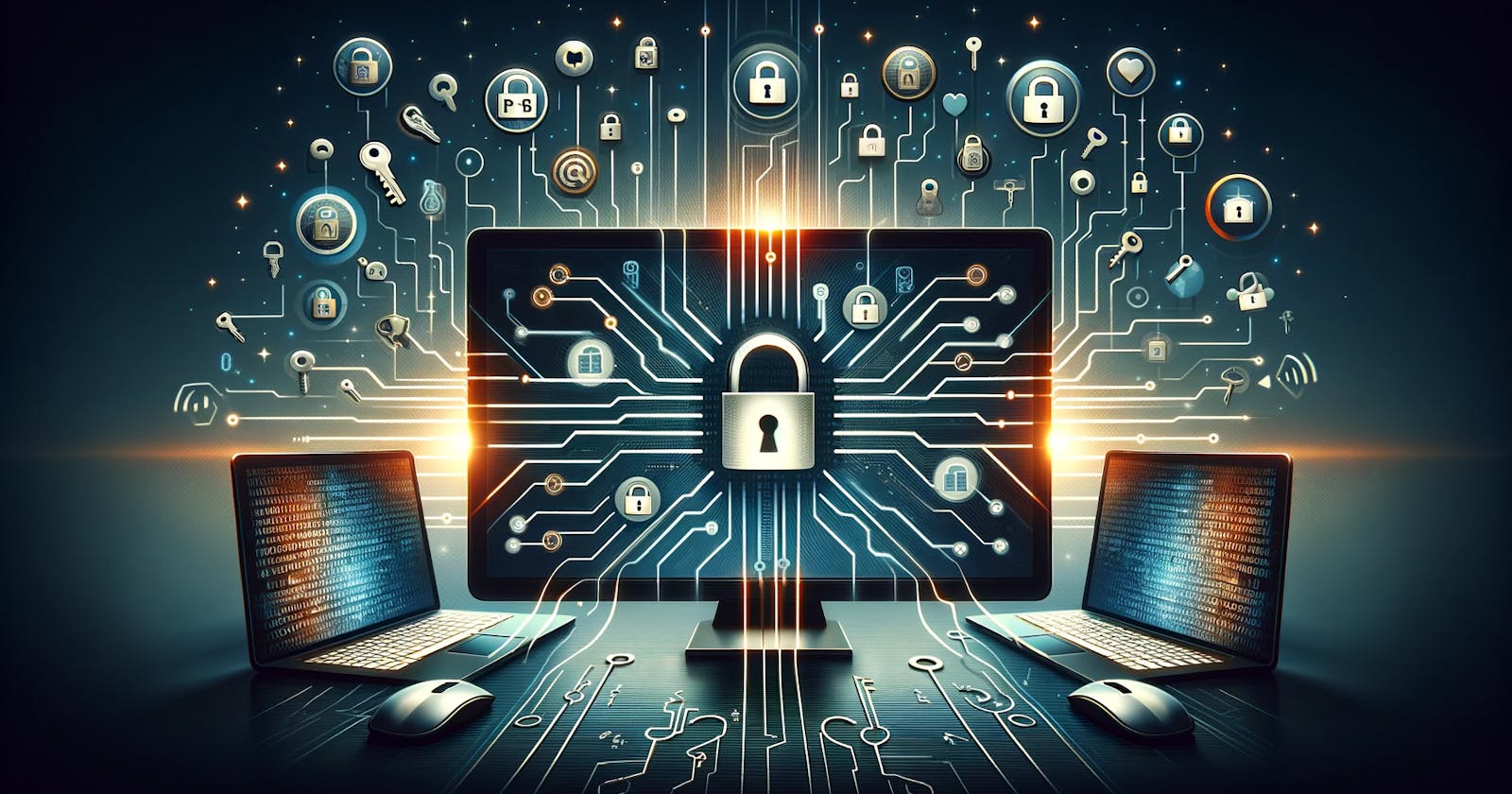In an era where digital security is more critical than ever, understanding the mechanisms that keep our online interactions secure is vital. One of the cornerstone technologies ensuring the confidentiality, integrity, and authentication (CIA) of digital communications is the Public Key Infrastructure (PKI). But what exactly is PKI, and why is it so important? Let's dive in.
What is Public Key Infrastructure (PKI)?
At its core, PKI is a framework that supports the management of digital certificates and public-key encryption (also known as asymmetric encryption), enabling secure communication over the internet. It's the technology behind the lock icon in your web browser's address bar, indicating a secure connection to a website.
PKI hinges on a pair of keys: a public key and a private key. These keys are used in tandem to encrypt and decrypt messages. To send a secure message to someone, you encrypt it using their public key. Only the corresponding private key, which is kept secret by the recipient, can decrypt this message. This system ensures that even if the message is intercepted, it cannot be read by anyone other than the intended recipient as long as the private key is kept secret.
The Components of PKI
A typical PKI consists of several key components:
Digital Certificates: These electronic documents use a digital signature to bind a public key with an individual's identity information. Certificates are issued by Certificate Authorities (CAs).
Certificate Authorities (CAs): Trusted entities that issue digital certificates and validate the certificate holder's identity.
Registration Authorities (RAs): Entities that verify the identities of individuals or organizations requesting a certificate before the CA issues it.
Certificate Revocation Lists (CRLs): Databases of certificates revoked before their expiration dates for various reasons, such as compromise or loss of the private key.
Key Pair: The public and private keys used in PKI. The public key is disseminated widely, while the private key is kept secret.
Why is PKI Important?
The importance of PKI in today's digital world cannot be overstated. Here are just a few reasons why:
Security: PKI provides high security for online transactions, ensuring the confidentiality of the data exchanged over the internet and ensuring that it is tamper-proof.
Trust: Digital certificates assure users of the legitimacy of the websites they visit and the authenticity of the messages they receive.
Compliance: Many industries have regulatory requirements that mandate using PKI for data protection and privacy.
Versatility: Beyond securing web traffic, PKI is used in various applications, including email security, secure remote access, and digital signatures.
Example of how it works
Alice wants to send a confidential message to Bob over the internet. They decide to use PKI to ensure the message's confidentiality and integrity. Here's how they do it:
Step 1: Key Generation and Certification
Bob generates a pair of keys: a public key, which he can share with anyone, and a private key, which he keeps secret.
Bob submits a request for a digital certificate to a Certificate Authority (CA). The request includes his public key and identity information. The CA verifies Bob's identity, creates a digital certificate linking Bob's public key with his identity, and signs it with the CA's private key.
Step 2: Alice Encrypts the Message
Alice retrieves Bob's digital certificate, which includes his public key. She can trust that the public key belongs to Bob because it has been certified by a trusted CA.
Alice uses Bob's public key to encrypt her message. Now, only Bob's private key can decrypt this message, ensuring that only Bob can read it.
Step 3: Alice Signs the Message
Alice wants to ensure that Bob can verify the message came from her and hasn't been tampered with. She creates a digital signature by encrypting the message's hash (a digital fingerprint of the message) with her private key.
Alice sends the encrypted message and her digital signature to Bob.
Step 4: Bob Decrypts and Verifies the Message
Bob uses his private key to decrypt the message. Since only his private key can decrypt messages encrypted with his public key, Bob is assured that the message is for his eyes only.
Bob uses Alice's public key (which he can get from her digital certificate) to decrypt the digital signature (the encrypted hash). He then hashes the decrypted message and compares it to the decrypted signature. If they match, the message wasn't altered and came from Alice.
Key Points
Confidentiality: This is achieved because Alice encrypts the message with Bob's public key, ensuring only Bob can decrypt it with his private key.
Integrity and Authentication: Achieved through the digital signature. Bob can verify that the message hasn't been altered and confirm it came from Alice, ensuring its integrity and authenticating its source.
Challenges and Considerations
While PKI offers robust security, it's not without its challenges. Managing and securing the private key is paramount; if a private key is compromised, the entire system's security is at risk. Additionally, issuing, renewing, and revoking certificates requires diligent management and oversight.
The Future of PKI
The digital landscape continues to evolve, and so too will PKI. The advent of quantum computing poses new challenges to the cryptographic underpinnings of PKI, prompting the development of quantum-resistant algorithms. Meanwhile, the growth of the Internet of Things (IoT) and the proliferation of digital devices will only increase the demand for secure, authenticated communication, making PKI more relevant than ever.
Conclusion
Public Key Infrastructure is the unsung hero of digital security, working behind the scenes to protect our online interactions. By understanding the basics of PKI, we can appreciate the complex systems that make our digital world safer and more trustworthy. The principles of PKI will remain a critical part of our digital infrastructure, safeguarding our data and ensuring the integrity of our online communications.
